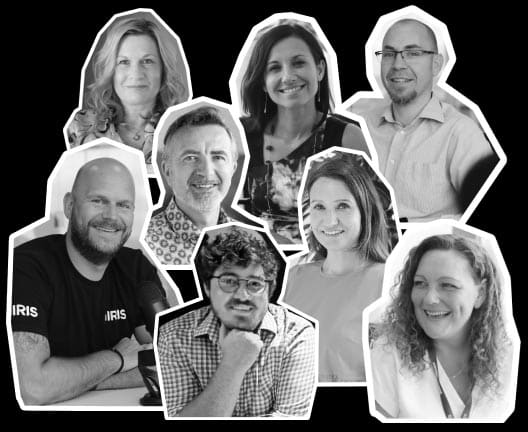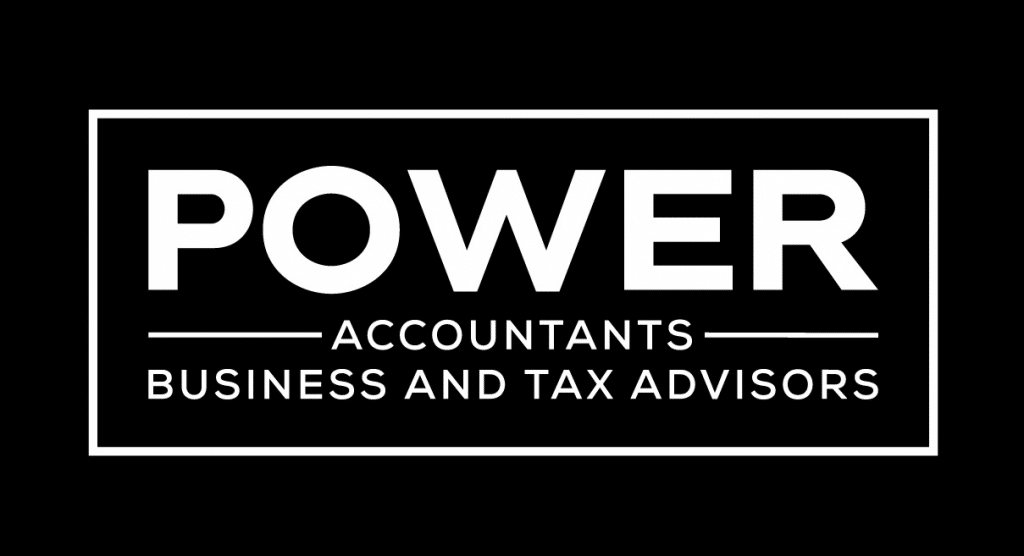MTD for VAT & Income Tax Self-Assessment: HMRC’s view
Updated 13th August 2024 | 8 min read Published 28th March 2022

There’s one thing on every accountant’s mind: Making Tax Digital (MTD).
With changes coming to MTD for Value Added Tax (VAT) and MTD for Income Tax Self-Assessment (ITSA), many are worried about the impending workload demands and legislative requirements.
To help accountants prepare, we recently hosted our second #AskIRIS event, which explored every angle of Making Tax Digital, featuring a keynote presentation from Govinder Saimbhi, HMRC's External Stakeholder Lead for MTD.
We’ve summarised the key points from the session, ensuring you have the information needed to move forward with confidence.
What does Making Tax Digital (MTD) mean for accountants?
HMRC’s ambition is to become one of the most digitally advanced tax administrations, with Making Tax Digital changing how tax systems work.
MTD aims to replicate the same digitisation trend that’s occurred in many other aspects of our lives, transforming tax administration so that accountants are more effective and efficient.
The move to digital eliminates many of the existing paper-based processes, reducing errors and allowing accountants to re-focus their time on other critical areas.
What is MTD for VAT?
HMRC's Making Tax Digital for VAT means that all VAT-registered businesses must do their VAT accounting and submit their VAT returns using IRIS MTD VAT Filer software, sending the data digitally to HMRC via an internet connection.
The next phase of MTD for VAT
Initially, MTD for VAT didn’t apply to businesses under the £85,000 turnover threshold, but from April 2022, the change applies to everyone.
But what does the change mean?
Essentially, all VAT-registered businesses need to sign up for MTD for VAT from their first VAT period, starting on or after 1 April 2022.
What isn’t changing with MTD for VAT?
There are a few areas of your VAT submission that won’t be impacted, including:
- Nine box VAT returns
- VAT return frequency
- Eligibility for VAT Special Schemes
- Most other VAT rules
What is MTD for ITSA?
Making Tax Digital for Income Tax Self-Assessment is for those who use Self-Assessment to file and submit tax returns.
It’s planned that MTD for ITSA will come into play in April 2024, impacting 4.4 million out of the 12 million Self-Assessment population.
Who will be impacted by MTD for ITSA?
A full rollout of MTD for Income Tax is expected April 2025, but initially, the changes will apply to two groups in 2024:
Unincorporated traders: those who are sole traders/self-employed – expected to be around 3 million people.
Property owners: those with properties, i.e. landlords – expected to be around 1.4 million people.
How will MTD for ITSA work?
From April 2024, the outlined groups will be required to make their submissions and returns through MTD software, with the processes summarised in three key steps:
1) Keep digital records of business income and expenses
2) Send quarterly updates of your business income and expenses via your MTD-compatible software
3) Finalise your business income via the End of Period Statements (EOPS) and submit your final declaration via your MTD-compatible software
What plans does HMRC have for software?
The term MTD-compatible software is repeatedly mentioned, playing a fundamental role in HMRC’s aim to digitise tax administration, but what does it mean?
Making Tax Digital software is a system that can integrate directly with HMRC, enabling accountants to send direct updates.
However, HMRC will not be providing any software itself – instead, providing Application Programming Interfaces (APIs) to enable software developers – such as IRIS – to create and deliver MTD solutions for their customers.
Customer story: Is the grass always greener? CCM return to IRIS
Read hereCommon MTD questions answered by HMRC
Towards the end of our keynote session, we took a few questions, enabling accountants to get an answer directly from HMRC.
Q: When will HMRC bring out the final rules for implementing MTD?
A: "We're trying to bring those out as soon as possible - hopefully over the next few months.
"HMRC recognises the need for businesses and accountants to understand what's happening with more detail, so it's one of our priorities."
Q: For property businesses with more than one property, is there a requirement for addresses for each property to be submitted?
A: "Under MTD, the quarterly reporting is a summary, providing a total of the incomes and outcomes going through your business per quarter.
"As a result, there isn't necessarily a need to report under each property address - it's an accumulation of all the data that's required."
Q: How will small practices manage the seemingly impossible workload?
A: "We're taking forward the learnings we have from MTD for VAT, which are that many accountants stated they experienced benefits from MTD in terms of efficiency and accuracy.
"Although it's a real challenge, and we accept that, for many businesses, I would say be patient, make sure you're prepared and then work with your clients."
Q: Will not-for-profit and charitable organisations be exempt from future HMRC MTD plans?
A: “At the moment, not-for-profit organisations that aren't required to register for VAT or Income Tax won't be included in MTD - that will remain the same."
Q: What is your top tip for accountants to make MTD a success?
A: "Make sure you understand your client list and who needs more support - use segmentation to determine who’s okay with digitisation, who isn't and who's in the middle in need of extra support.
“Once you've broken down your client list, it will help you focus on what you need to do.”
Looking for more support with MTD?
We covered what you need to ask your software supplier about Making Tax Digital - read the blog here.











